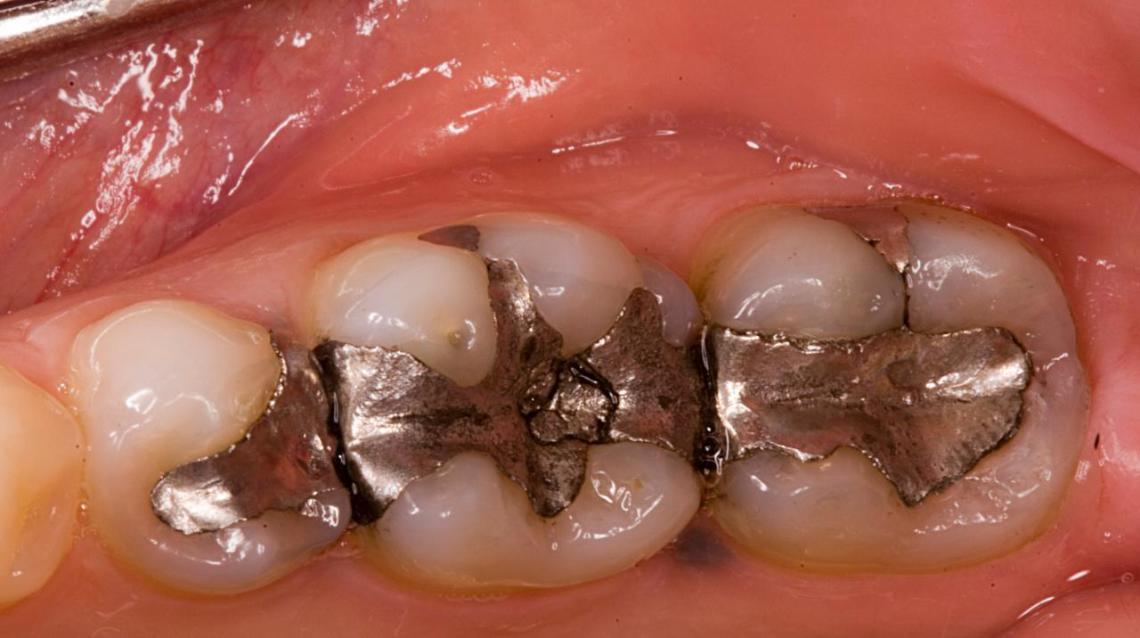The Toothache Tango: Unveiling the Mystery of Pain After Fillings
Tooth fillings are a common dental procedure used to restore teeth damaged by decay, cracks, or fractures. While fillings are generally effective, some people experience sensitivity or pain after the procedure, even months later. This article explores the reasons behind post-filling toothaches and offers insights into finding relief.
Understanding the Fillings: Types and Potential Issues
The type of filling material used can influence the likelihood of post-filling sensitivity:
- Amalgam Fillings: Traditional silver fillings are durable but can cause sensitivity to hot and cold due to the difference in thermal expansion between the filling and the tooth.
- Composite Fillings: Tooth-colored composite fillings are less likely to cause sensitivity but might not be as durable as amalgam fillings.
Here are some potential reasons why your tooth might hurt after a filling, even months later:
- Post-operative Sensitivity: This is the most common cause. The drilling process during the filling placement can irritate the nerve within the tooth, leading to temporary sensitivity to hot, cold, or sweets. This sensitivity typically resolves within a few weeks.
- High Filling: If the filling is too high, it can put excess pressure on the tooth, causing discomfort, especially when biting down.
- Incomplete Filling: An incomplete filling might not adequately seal the tooth, leaving the pulp (the inner layer containing nerves and blood vessels) vulnerable to irritation from bacteria or temperature changes.
- Allergic Reaction: In rare cases, some people might be allergic to the material used in the filling, causing pain, swelling, and sensitivity.
- Fractured Tooth: In some cases, the filling procedure itself might cause a small crack in the tooth, leading to pain and sensitivity.
When to Seek Help: Distinguishing Discomfort from Dental Distress
While some post-filling sensitivity is normal, it’s important to know when to seek professional help. Here are some signs that warrant a visit to your dentist:
- Sharp or severe pain: If the pain is sharp, throbbing, or severe, and doesn’t improve within a few days, consult your dentist.
- Lingering sensitivity: If the sensitivity to hot, cold, or sweets persists for more than a few weeks, it’s best to get it checked by your dentist.
- Pain when biting down: Pain while chewing or biting down can indicate a high filling or a potential fracture and requires professional attention.
- Swelling or redness around the tooth: Swelling or redness in the gums near the filled tooth could be a sign of infection and necessitates a dental visit.
Finding Relief: Solutions for Post-Filling Pain
Here are some strategies to manage post-filling sensitivity:
- Over-the-counter pain relievers: Pain relievers like ibuprofen or acetaminophen can help alleviate discomfort.
- Desensitizing toothpaste: Using toothpaste formulated for sensitive teeth can help reduce sensitivity.
- Cold compress: Applying a cold compress to the outside of your cheek near the affected tooth can provide temporary relief.
- Soft diet: Opt for soft foods that put less pressure on the tooth while it heals.
If the pain persists or worsens with these measures, your dentist might recommend:
- Adjustment of the filling: If the filling is too high, your dentist might be able to adjust it to reduce pressure on the tooth.
- Replacement of the filling: If the filling is incomplete or you have an allergic reaction, your dentist might recommend replacing the filling with a different material.
- Further treatment: In rare cases, if the pain indicates a fractured tooth or infection, further treatment like root canal therapy might be necessary.
Preventing the Tango: Tips for a Smooth Filling Experience
Here are some ways to minimize the risk of post-filling pain:
- Communicate with your dentist: Discuss any concerns you have about sensitivity beforehand.
- Ask about filling materials: Inquire about the type of filling material your dentist recommends and any potential sensitivity risks associated with it.
- Practice good oral hygiene: Brushing twice daily and flossing once daily helps prevent future decay and reduces the need for fillings.
- Regular dental checkups: Regular checkups allow your dentist to identify and address any dental issues early on.
By understanding the potential causes of post-filling pain and taking proactive steps, you can ensure a smoother filling experience and maintain optimal oral health.
FAQ: Demystifying Post-Filling Pain
Q: How long can a tooth be sensitive after a filling?
A: Mild sensitivity is common for a few days or weeks after a filling. If the sensitivity persists for more than a few weeks, consult your dentist.

